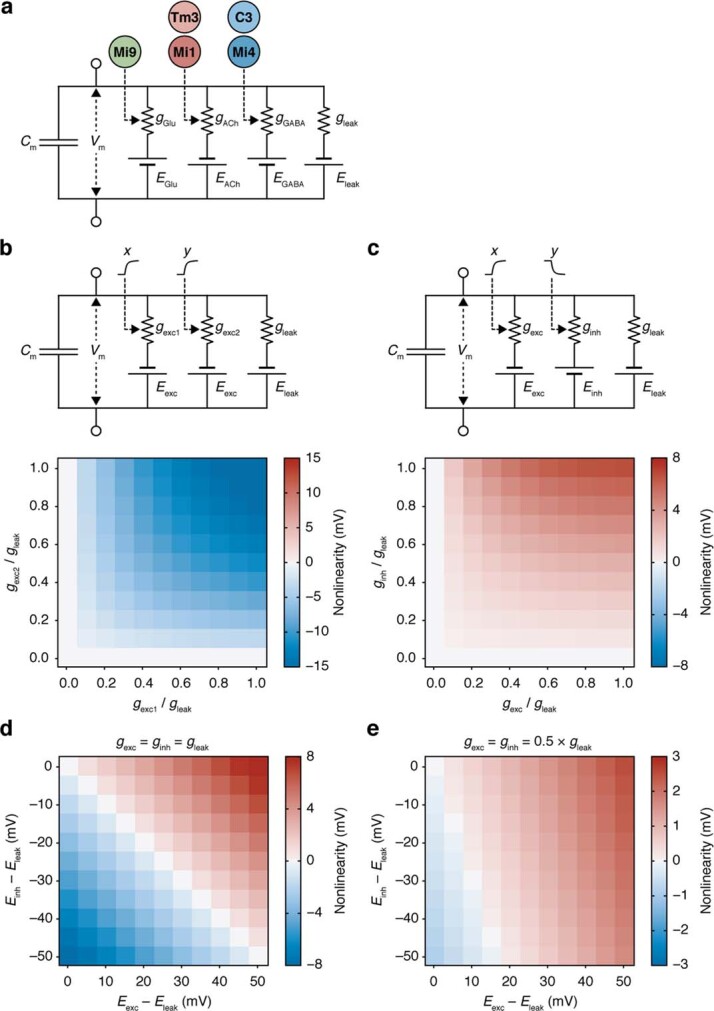Extended Data Fig. 5. Nonlinear response properties of model circuits.

a, Resistor-capacitor equivalent circuit of a passive T4 neuron used for simulations in Fig. 3b, c, and 5a and Extended Data Figs. 6, 7, and 8. EGlu, EACh, and EGABA denote the equilibrium potentials and gGlu, gACh, and gGABA denote the conductances associated with glutamate, acetylcholine and GABA, respectively. The signals of Mi9 neurons control gGlu, the signals of Tm3 and Mi1 neurons control gAch, and those of C3 and Mi4 neurons act on gGABA. Vm, membrane potential; Cm, membrane capacitance; gleak, leak conductance. b, c, Top: Equivalent circuits of two passive isopotential neurons. One neuron (b) receives two input signals x and y, which control the excitatory conductances gexc1 and gexc2, respectively. The other neuron (c) receives one input signal x controlling the excitatory conductance gexc and another input signal y of opposite polarity that controls the inhibitory conductance ginh. Eexc, Einh, and Eleak are the equilibrium potentials of excitatory, inhibitory, and leak currents, respectively. Bottom: Nonlinearity as a function of signal amplitude for two excitatory conductances (b) and for one excitatory and the release from an inhibitory conductance (c). Nonlinearity was defined as the difference between the voltage response to both coincident inputs and the sum of the responses to each individual input. Equilibrium potentials were set to Eexc − Eleak = 50 mV and Einh − Eleak = −10 mV. d, e, Nonlinearity of the circuit in c as a function of Eexc and Einh. Conductances were set to gexc = ginh = gleak (d) or gexc = ginh = 0.5 × gleak (e). Disinhibition supports supralinear responses over a wide range of equilibrium potentials and input signal amplitudes.
